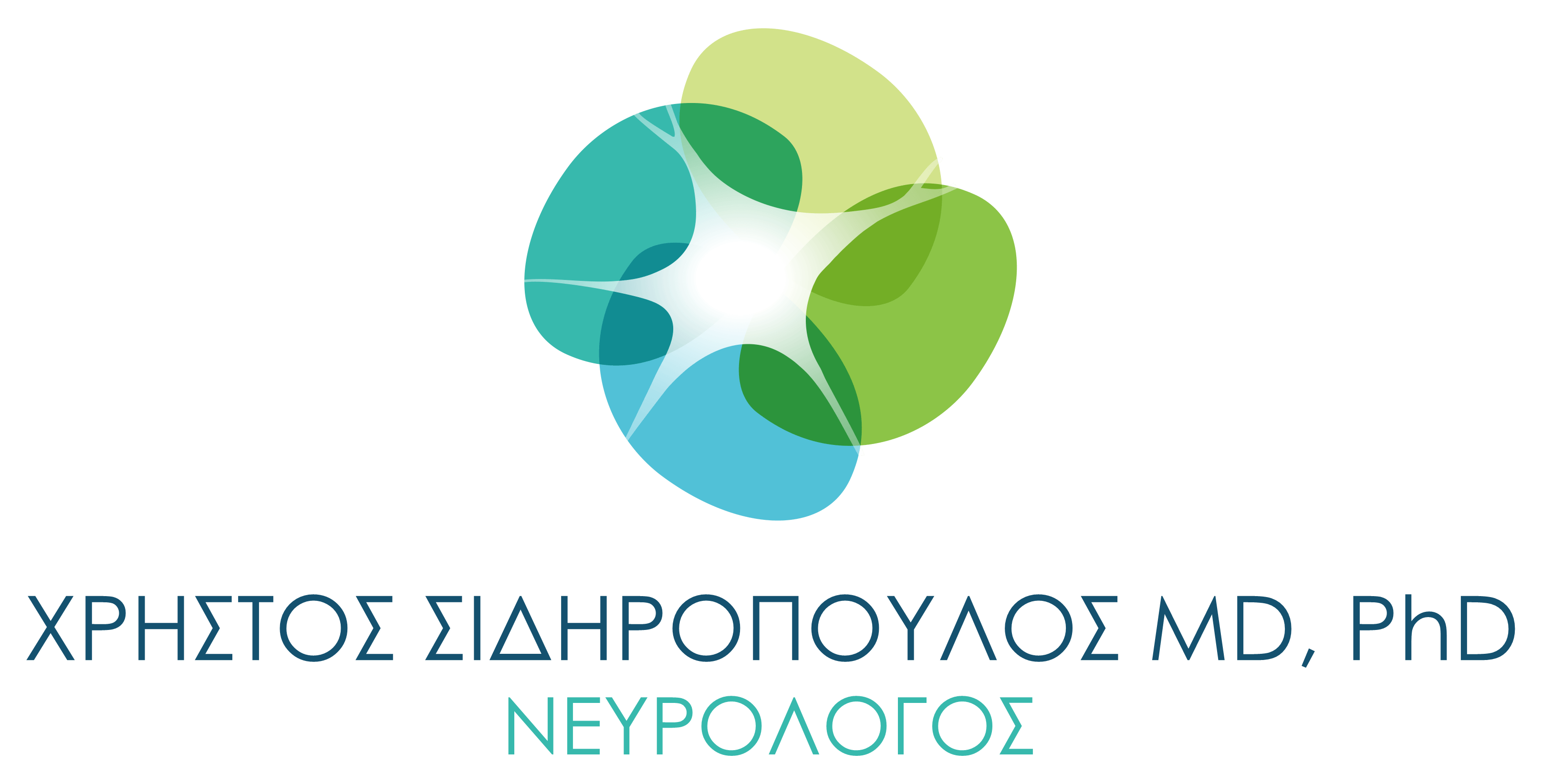Myopathies are a large group of diseases that affect the structure and / or function of muscles and cause weakening and possibly atrophy of individual muscles or the entire muscular system.
Myopathies are either of genetic origin that occur from birth to adolescence, and more rarely in adulthood, or have autoimmune, infectious, toxic, and paraneoplastic etiology.
Of the diseases of the neuromuscular synapse, “Myasthenia Gravis” or Myasthenia Gravis, is the most common (2.5-20 cases per 100,000 people per year).
Myasthenia Gravis can affect people of all ages, but it occurs more often in young women and older men. It is an autoimmune disease that may be due to tumors of the thymus gland.
Myasthenia Graft causes weakness in those muscles that are responsible for movement and are usually under our conscious control. It is manifested by fatigable weakness in the muscular system, since the nerve that activates a particular muscle does not manage to cause its stimulation, because the body produces antibodies that prevent the transfer of signals (neurotransmitters) from the nerve cell to the muscle cells. It is worsened by physical activity and improved by rest. Weakness in the muscles affected by the disease can cause difficulties in breathing, chewing, or swallowing, choking or salivation, difficulty in moving, speaking and alterations in the voice, inability to hold the head up and difficulties with eye movements.
Myasthenia Gravis diagnosis
The diagnosis and treatment of myopathies and especially of myasthenia gravis necessitates an experienced and highly skilled neurologist.
Tests include an acetylcholine receptor binding antibody test, CT, or MRI scan to rule out a thymus gland tumor, a repetitive stimulation test, and an electromyogram by an experienced neurologist.
Proper medication can lead to long asymptomatic periods of time for patients to resume normal activities. However, the correct diagnosis is also very important, as a variety of drugs for any other diseases can worsen the symptoms of the disease.
Treatment of Myasthenia Gravis
Treatment for Gravis myasthenia gravis includes acetylcholinesterase drugs, immunosuppressive drugs, plasmapheresis, immunoglobulin, and new targeted drugs.
The goals of treatment are individualized, always considering the severity of the disease, the age of the patient, the impact of the disease on his daily activity as well as the probability and degree of compliance with the treatment.
Also, surgical removal of the thymus gland (thymectomy) can bring about remission of symptoms. It requires very specialized information for the selection of the right operation and the right patient and a specialized Thoracic Surgeon in a specialized Center.
An operation can have much better results when done earlier in the disease course and as such the correct and timely diagnosis is crucial here. In general, the management of the myasthenic patient requires a highly specialized Neurologist.


